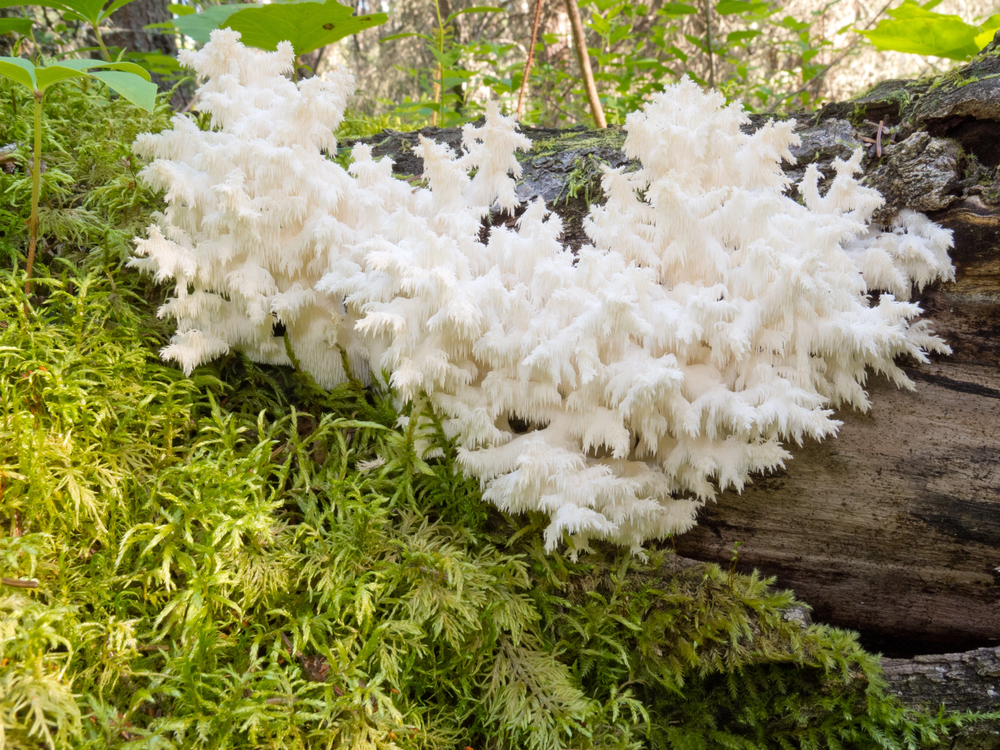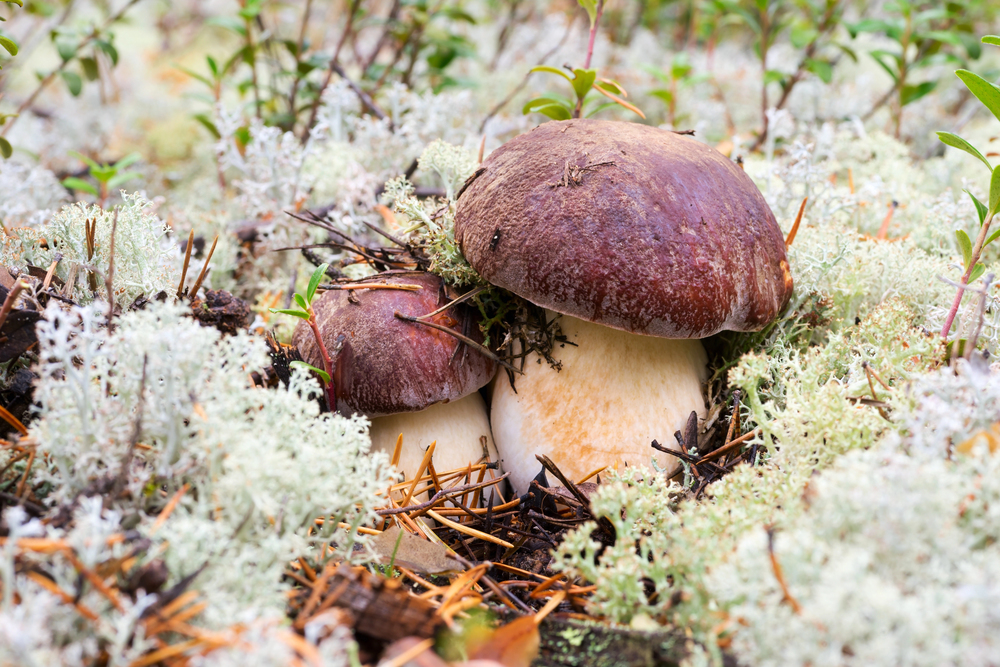Maintaining your mushroom hunting knife is required for successful foraging trips. To ensure its longevity and efficiency, follow these key steps and tips.
From removing debris to sharpening the edge, proper care is essential. Preserve your tool for fruitful mushroom hunting adventures.
Importance of Regular Cleaning
Regularly cleaning your mushroom hunting knife is crucial for maintaining its functionality and longevity. Your knife is a vital tool in the wilderness, helping you navigate through thick underbrush and gather your mushroom finds.
To prevent corrosion and keep the blade sharp, it’s important to clean the knife after each use. Simply wipe it with a damp cloth to remove debris, and use a mild soap and water solution for tougher stains. Ensure the knife is thoroughly dried to prevent damage from moisture, and a light application of oil can help prevent rust.
Tools and Supplies Needed
Essential tools and supplies for cleaning and maintaining your mushroom hunting knife include:
- A soft-bristled brush or toothbrush to remove dirt and debris.
- Mild dish soap or knife cleaning solution for stubborn stains.
- A clean cloth for drying to prevent rust.
- Food-grade mineral oil or knife lubricant to prevent drying or corrosion.
- A storage case or sheath for protection when not in use.
These items will help ensure your knife stays in top condition for your next outdoor adventure.
Step-by-Step Cleaning Process
To clean your mushroom hunting knife, start by disassembling it to access all parts.
Clean the blade thoroughly to remove any dirt or residue, and remember to lubricate all moving parts for smooth functionality.
- Disassemble the mushroom hunting knife to access all parts
- Clean the blade thoroughly to remove dirt and residue
- Lubricate all moving parts for smooth functionality
- Use warm water and mild soap to clean the blade
- Apply high-quality knife oil to lubricate moving parts
- Ensure the knife is completely dry to prevent rust and corrosion
- Store the knife in a dry environment when not in use
Proper Knife Disassembly
Disassembling your mushroom hunting knife for proper cleaning is crucial for maintaining its longevity and performance.
Start by ensuring the knife is safely closed and removing any visible dirt or debris.
Locate the pivot screw or mechanism holding the blade in place and carefully loosen and remove it using the appropriate tool.
Once the screw is out, gently separate the blade from the handle, being cautious not to lose any small parts.
This process allows for a thorough cleaning of each component, ensuring your knife is in top condition for your next mushroom hunting adventure.
Cleaning Blade Thoroughly
To thoroughly clean the blade, you’ll need a clean cloth, mild soap, and warm water. Start by rinsing the blade under warm water to remove any dirt or debris.
Then, use a small amount of mild soap on the cloth to gently scrub the blade in circular motions, paying extra attention to tough spots. Rinse the blade thoroughly with warm water to get rid of any soap residue.
Lubricating Moving Parts
To ensure your mushroom hunting knife operates smoothly and lasts longer, regularly lubricate its moving parts with high-quality knife oil.
Begin by applying a small amount of oil to the pivot point of the blade, where it rotates. Open and close the blade several times to allow the oil to penetrate the joint.
Then, focus on other moving parts like the locking mechanism or pocket clip. Add a drop of oil to these areas and work the parts to evenly distribute the lubricant. Wipe off any excess oil to prevent buildup.
Preventing Rust and Corrosion
To prevent rust and corrosion on your mushroom hunting knife, ensure to regularly clean and dry it. Choose knives made from corrosion-resistant materials and store the knife in a dry environment when not in use.
These practices will help extend the lifespan of your knife and keep it in top condition for your mushroom hunting expeditions.
Rust Prevention Techniques
Implementing proper rust prevention techniques is essential for maintaining the longevity and effectiveness of your mushroom hunting knife. Clean and dry your knife after each use, apply a light coat of oil like mineral oil or WD-40 to create a barrier against moisture, and store it in a dry place away from humid environments.
Regularly inspect your knife for any signs of rust and address them promptly. If you notice any rust spots, use fine steel wool or a rust eraser to gently remove them. By following these steps, you can ensure that your mushroom hunting knife stays in top condition for all your outdoor adventures.
Corrosion-Resistant Materials
Corrosion-resistant materials are essential for preventing rust and corrosion on your mushroom hunting knife. Opt for stainless steel or high carbon steel with added corrosion-resistant coatings for durability in challenging outdoor conditions.
Look for stainless steel, titanium coating, or ceramic blades for high corrosion resistance and long-lasting sharpness.
Proper Storage Methods
Store your mushroom hunting knife in a dry environment to prevent rust and corrosion. After cleaning and drying your knife, choose a storage spot away from moisture and humidity.
Opt for a well-ventilated area, like a drawer with silica gel packets or a knife roll that allows air circulation. Avoid leaving your knife in sheaths for extended periods as moisture can get trapped inside, leading to rust.
Ensure your knife is in a controlled environment with stable humidity levels. Regularly inspect your stored knife for any signs of rust or corrosion, wiping it down with a dry cloth if needed.
Proper storage will help maintain your knife’s quality and prolong its lifespan.
Sharpening your Knife
To maintain your mushroom hunting knife’s sharpness, regularly hone the blade with a sharpening stone. Follow these three tips for expert sharpening:
- Find the Right Angle: Hold the blade at a consistent angle of around 20 degrees against the sharpening stone for a uniform edge.
- Use a Circular Motion: Move the blade in circular motions against the stone with consistent pressure to sharpen the entire edge evenly.
- Finish with a Strop: After sharpening with the stone, strop the blade on a leather strop to remove burrs and polish the edge for a razor-sharp finish.
Storing the Knife Safely
Ensure your mushroom hunting knife is stored in a dry and secure place to prevent damage and preserve its quality. To maintain its longevity, store it where it won’t be exposed to moisture or extreme temperatures. You can hang it on a magnetic strip, place it in a sheath, or keep it in a dedicated knife block. Avoid leaving it loose in a drawer where it can get bumped around and potentially damaged.
For knives with wooden handles, keep them away from high humidity areas to prevent warping or cracking. In the case of knives with metal parts, a dry environment will help prevent rust. Make sure the storage location is easily accessible but out of reach of children or pets.



